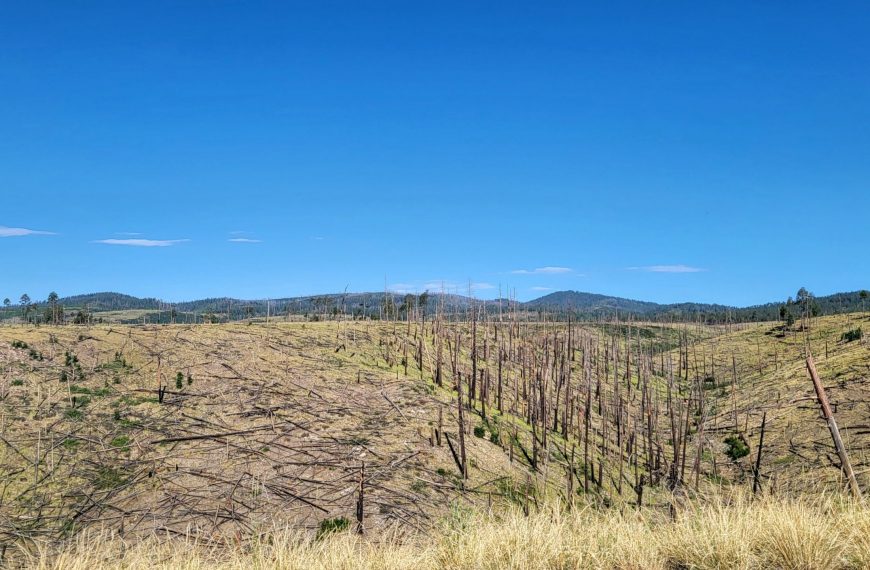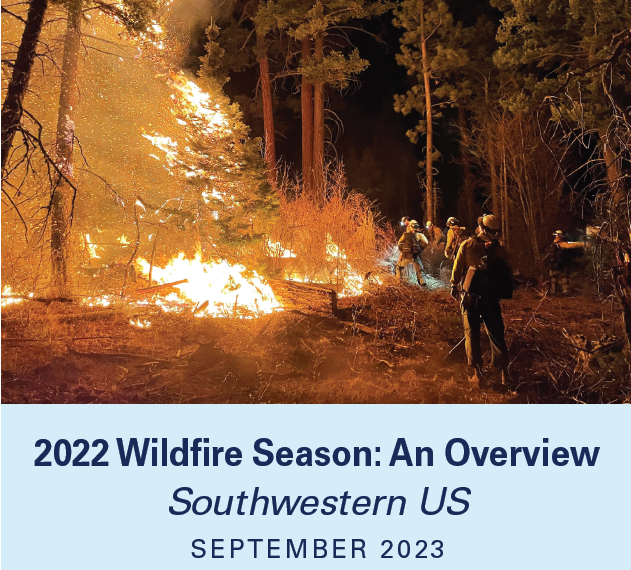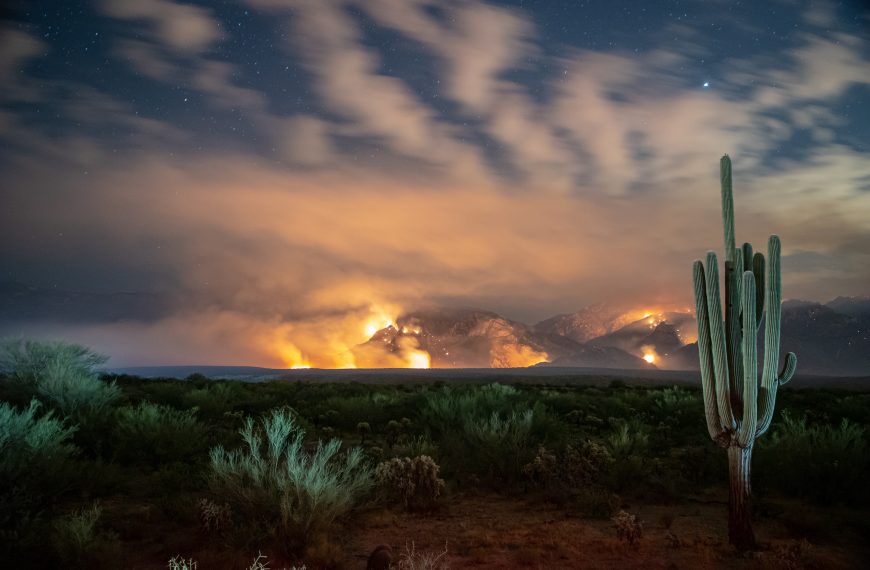Presenter: Chris Guiterman, University of Arizona PhD Candidate
A number of recent studies in the Southwest region have documented abrupt transitions of conifer-dominated forests to shrubfields following high-severity fire. Little is known about the long-term ecosystem dynamics of these stands, including their successional trajectories and interactions with fire. I will present dendroecological analyses of five of the largest Gamble oak-dominated shrubfields (100-600 ha) in the Jemez Mountains, New Mexico. Results highlight the old age of shrubfields (100+ years), a general lack of conifer recruitment despite climate periods favorable to it (i.e. the 1910s and 1980s), and the frequency with which they burned in the historic era. This resilience suggests that recently burned areas now dominated by oak will persist for at least the next 100 years. Ground disturbances, warmer temperature, drought, and future fires could promote the once subordinate Gambel oak to greater prominence at the landscape and regional scales. Watch a recording of this webinar.




